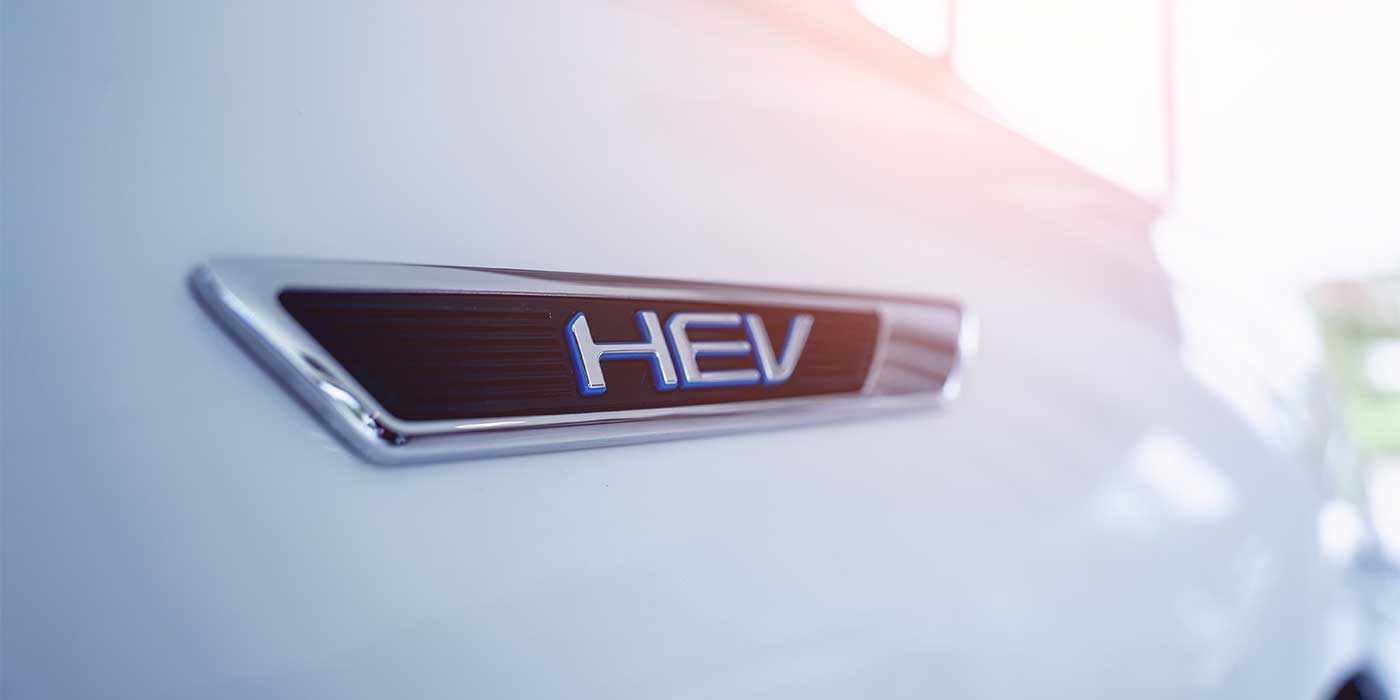According to the latest data from JATO Dynamics for 28 European markets, Europe’s new car market struggled in the first three months of the year as persistently high inflation and interest rates led to a slowdown in demand. This data revealed year-on-year declines in registrations in 23 countries, with only 16 markets experiencing any growth in Q1 2024. In March, registrations totaled 1,377,541 units – a decrease of 2.7% compared to the same month last year. However, registrations in Q1 2024 were up 4.8% on Q1 2023, with 3,380,048 units registered in total in the first three months of the year.
“Although registration figures for the first quarter of 2024 paint a reasonably positive picture, the data for March is concerning,” Felipe Munoz, global analyst at JATO Dynamics said. “The average price of a new car is still prohibitively high, and consumers are understandably hesitant about making the shift from petrol- and diesel-powered vehicles to electric models.”
JATO Dynamics said the drop in consumer confidence in EVs has sparked a surge in demand for hybrid electric vehicles (HEVs), with 382,700 units registered between January and March this year in Europe – the highest number of quarterly registrations for the category since 2021. Volumes of HEVs were up 18% on the corresponding quarter in 2023, compared to year-on-year increases of 3.8% and 4.8% for EVs and the overall new car market respectively. This growth is even stronger when compared to the same period in 2022 (+50%). By contrast, the EV market and overall market have grown by 39% and 23% respectively.
“Consumers are familiar with hybrid vehicles; they’ve been in the market for more than two decades now. For many drivers, they are now the best option: cheaper than EVs at point of purchase and not reliant on public charging infrastructure that simply isn’t there in many markets,” Munoz added.
JATO Dynamics data for four of the largest European markets shows that the average retail price of an HEV in February was 11% and 21% lower than that of gasoline (including mild-hybrid electric vehicles, or MHEVs) and diesel-powered vehicles, respectively. By contrast, plug-in hybrid cars (PHEVs) were the most expensive, trading at an average retail price of €74,800 (approx. $80,193).
China’s OEMs also lost market share in March. Last month, registrations of cars manufactured by Chinese car brands totaled 33,000 units (including MG), an increase of just 0.7% on March 2023, JATO said. Electric models accounted for 36% of this total. In March 2024, electric cars produced by Chinese brands represented 6.1% of total BEV registrations.
According to Munoz, the drop in overall car registrations in March translated to fewer sales for both legacy firms and Chinese OEMs.
MG accounted for more than half (61%) of Chinese EV registrations in March, followed by BYD (24%) and Great Wall (5%). Registrations of MG models in March declined by 38% year on year, while registrations of BYD vehicles rose from 427 units to 2,892 units over the same period.
According to JATO data, Tesla led the ranking for BEVs in Europe with 39,000 units registered in March. However, this marked a 36% drop in registrations compared to March 2023, while Tesla’s share of the BEV market dropped from 27.8% in March 2023 to 19.9% last month.
Despite the drop in market share, Tesla was well ahead of other OEMs for BEV registrations, with BMW placing second after recording a 60% year-on-year increase in registrations, JATO said. Volvo also had a 70% increase in registrations, largely due to the success of the EX30, Europe’s third most registered EV behind the Tesla Model Y and Model 3.
The Volkswagen Golf was Europe’s second most registered car in March, with volumes rising by 43%. In terms of new models, the Volvo EX30 shone in March with almost 7,600 units registered, making it the brand’s third most popular model behind the XC40 and XC60, JATO said.
Read the full article here




